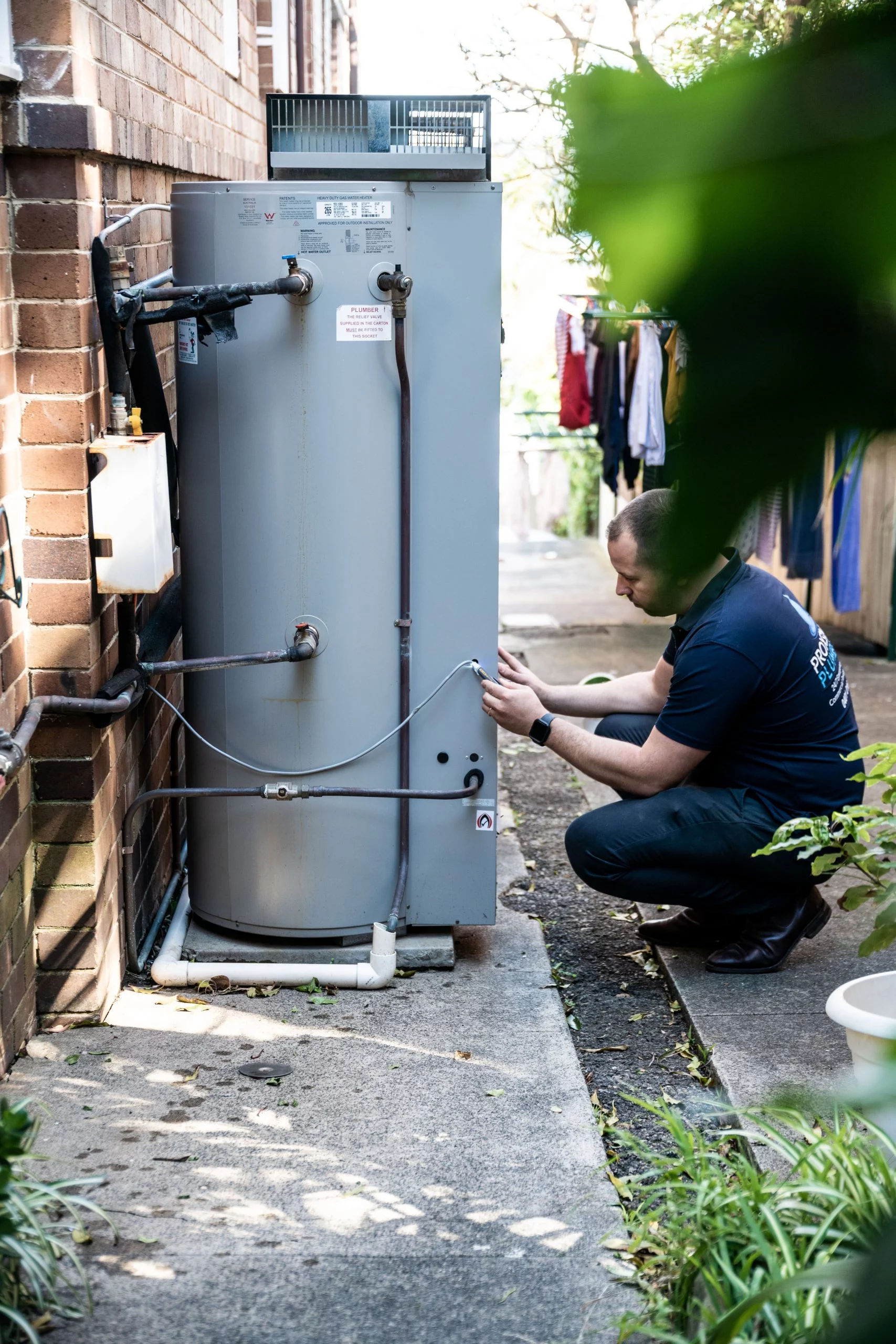They are making a few good observations relating to What Kind of Maintenance Do Water Heaters Need? in general in this content underneath.

Hot water is vital for day-to-day comfort, whether it's for a refreshing shower or washing meals. To guarantee your hot water system runs effectively and lasts much longer, routine upkeep is key. This post gives useful ideas and understandings on how to keep your home's hot water system to prevent disturbances and costly repair services.
Intro
Maintaining your home's hot water system may appear challenging, however with a couple of simple actions, you can ensure it operates smoothly for many years ahead. This guide covers every little thing from recognizing your warm water system to DIY maintenance suggestions and recognizing when to call in professional aid.
Importance of Maintaining Your Hot Water System
Routine upkeep not just prolongs the life-span of your warm water system yet also ensures it operates effectively. Ignoring upkeep can bring about decreased efficiency, higher energy bills, and even premature failure of the system.
Indications Your Warm Water System Demands Upkeep
Recognizing when your hot water system needs interest can avoid significant problems. Keep an eye out for indicators such as irregular water temperature level, weird sounds from the heating system, or rustic water.
Comprehending Your Warm Water System
Prior to diving right into maintenance tasks, it's valuable to comprehend the fundamental elements of your warm water system. Typically, this consists of the hot water heater itself, pipelines, anode poles, and temperature controls.
Monthly Maintenance Tasks
Regular monthly checks can aid capture small problems prior to they intensify.
Flushing the Water Heater
Flushing your hot water heater gets rid of debris accumulation, enhancing effectiveness and prolonging its life.
Checking and Replacing Anode Rods
Anode rods protect against deterioration inside the storage tank. Checking and replacing them when broken is vital.
Checking and Changing Temperature Settings
Readjusting the temperature level settings guarantees optimum efficiency and safety and security.
DIY Tips for Maintenance
You can do numerous upkeep tasks yourself to maintain your warm water system in leading problem.
Checking for Leaks
On a regular basis check pipelines and connections for leaks, as these can lead to water damage and greater costs.
Checking Pressure Relief Valves
Examining the stress safety valve ensures it functions correctly and prevents too much stress accumulation.
Shielding Pipelines
Protecting hot water pipes reduces warmth loss and can conserve energy.
When to Call a Professional
While do it yourself upkeep is useful, some issues require specialist knowledge.
Complex Concerns Needing Expert Aid
Examples consist of major leakages, electrical troubles, or if your water heater is consistently underperforming.
Regular Professional Upkeep Benefits
Specialist maintenance can consist of thorough assessments, tune-ups, and ensuring conformity with safety requirements.
Final thought
Regular upkeep of your home's hot water system is crucial for efficiency, durability, and cost financial savings. By following these ideas and knowing when to seek specialist help, you can make sure a trusted supply of hot water without unforeseen disturbances.
How to Maintain an Instant Hot Water Heater
Before tinkering with your hot water heater, make sure that it’s not powered on. You also have to turn off the main circuit breaker and shut off the main gas line to prevent accidents. Also turn off the water valves connected to your unit to prevent water from flowing into and out of the appliance. 2. When you’re done, you have to detach the purge valves’ caps. These look like the letter “T” and are situated on either side of the water valves. Doing so will release any pressure that has accumulated inside the valves while at the same time avoid hot water from shooting out and burning your skin. 3. When the purge valves’ caps are removed, you have to connect your hosing lines to the valves. Your unit should have come with three hoses but if it didn’t, you can purchase these things from any hardware or home repair shops. You can also get them from retail stores that sell water heating systems. Read the user’s manual and follow it to complete this task properly. When the hosing lines are connected, open the purge port’s valves. 4. You should never use harsh chemical cleaners or solutions when cleaning your unit. Make use of white vinegar instead. It should be undiluted and you’ll probably use about 2 gallons. 5. Now flush your water heater. This task should probably take about 40 minutes. We can’t give you specific directions for this because the procedure is carried out depending on the type, model and brand of your heater. With that being said, refer to the user’s manual. 6. When you’re done draining the unit, you have to turn off the purge port valves again. Remove the hosing lines that you earlier installed on each of the water valves. Put the valve caps (purge port) back in their respective places and be very careful so as not to damage the rubber discs that are found inside these caps. 7. Now that everything’s back in place, check your user’s manual again to find out how to reactivate your water heating system. 8. Once it is working, turn one of your hot water faucets on just to let air pass through the heater’s water supply pipes. Leave the tap on until water flows smoothly out of it. https://www.orrplumbing.com/blog/2014/september/how-to-maintain-an-instant-hot-water-heater/

I stumbled upon that blog entry about How to Maintain Your Water Heater & Prolong its Life while doing a search on the web. Loved our posting? Please quickly share it. Help other people find it. Thank you so much for going through it.
Visit Our Website